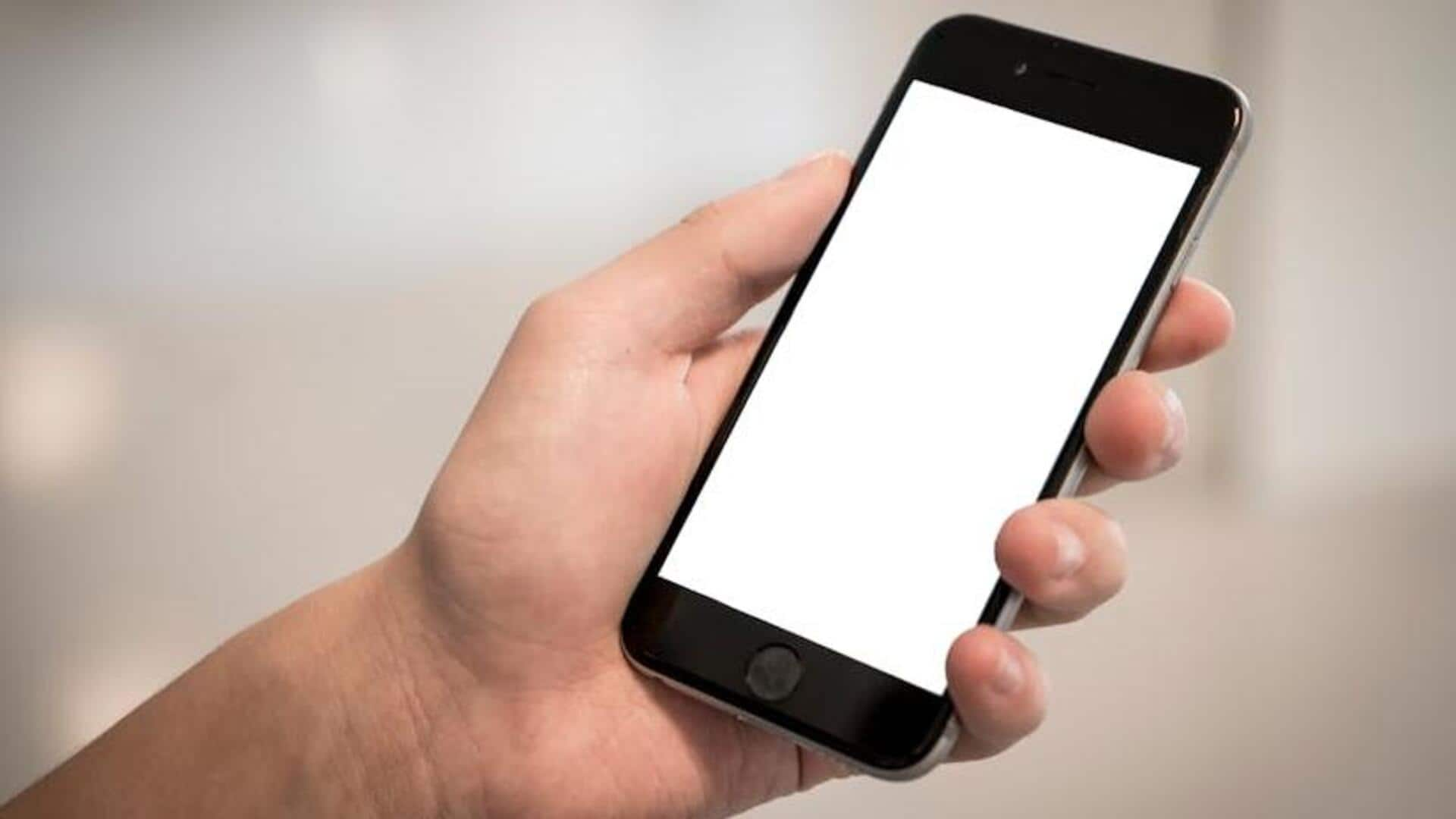
Tech hacks: This is how you can personalize your smartphone
What's the story
Personalizing smartphone interfaces can go a long way to improve accessibility, making it easier for everyone to use the devices. By customizing some settings and features, you can make your smartphone more suitable for your specific needs. This can include adjusting visual elements, organizing apps efficiently, and using built-in accessibility tools. The idea is to make your experience user-friendly, something that minimizes strain and increases efficiency.
Display settings
Adjusting display settings
Adjusting display settings is a basic step to personalize your smartphone for accessibility. You can increase text size or opt for high-contrast themes to enhance readability. Some devices even provide the option to color-correct the screen for people with color vision deficiencies. You can even enable dark mode to minimize eye strain in dimly-lit environments. All these tweaks keep the screen content clear and easy to see.
App organization
Organizing apps efficiently
Efficient app organization simplifies navigation on your smartphone. Group similar apps into folders or place frequently used apps on the home screen for quick access. Consider using widgets that provide information at a glance without opening an app. This way, you minimize the time spent searching for applications and enhance overall usability.
Voice commands
Utilizing voice commands
Voice commands are an excellent way to interact with smartphones hands-free. They help those users who might find it difficult to use touch controls. Most smartphones come with voice assistants, which let you perform tasks like sending messages, setting reminders, or making calls through simple voice prompts. This reduces the reliance on manual input and makes things more convenient and accessible.
Accessibility features
Enabling accessibility features
Smartphones come with a ton of built-in accessibility features to help people with different needs. For starters, features like screen readers give you audio descriptions of what's on-screen for visually impaired users. Switch control lets people with limited mobility navigate using adaptive devices. You can also set up customizable gestures for easy navigation according to your preferences.
Notifications settings
Customizing notifications settings
Customizing notification settings is the key to managing alerts effectively and not being overwhelmed. By adjusting vibration patterns or selecting specific sounds, you can make important notifications noticeable without causing a disruption. You can even prioritize notifications from essential contacts or applications. This way, you can minimize distractions from less critical alerts, streamlining your experience and staying focused on priority communications.